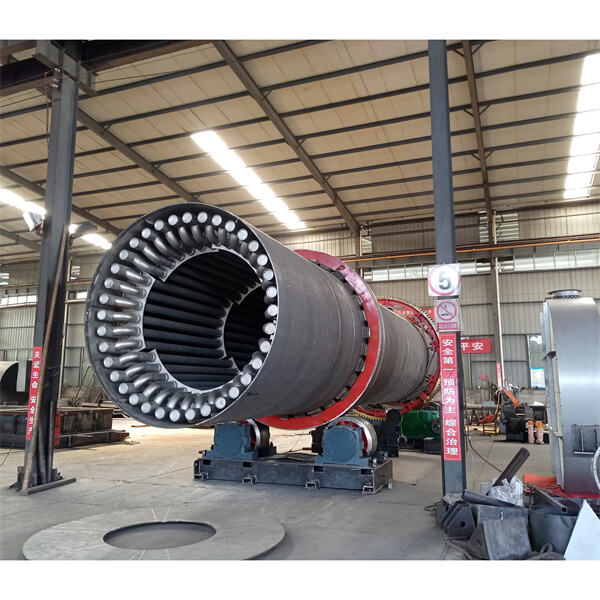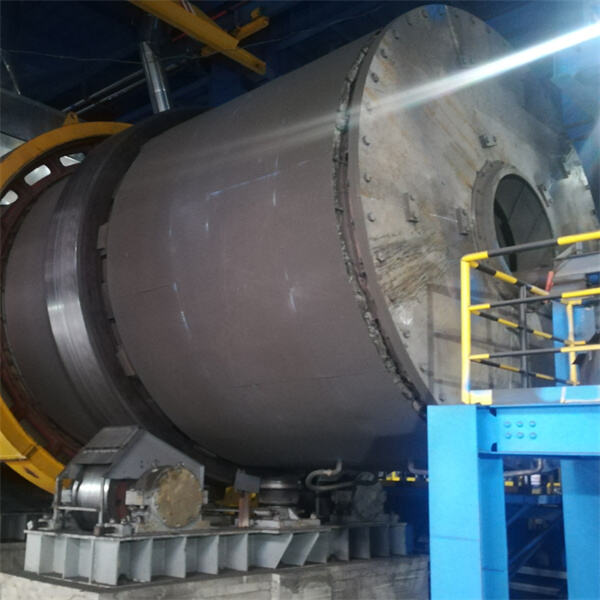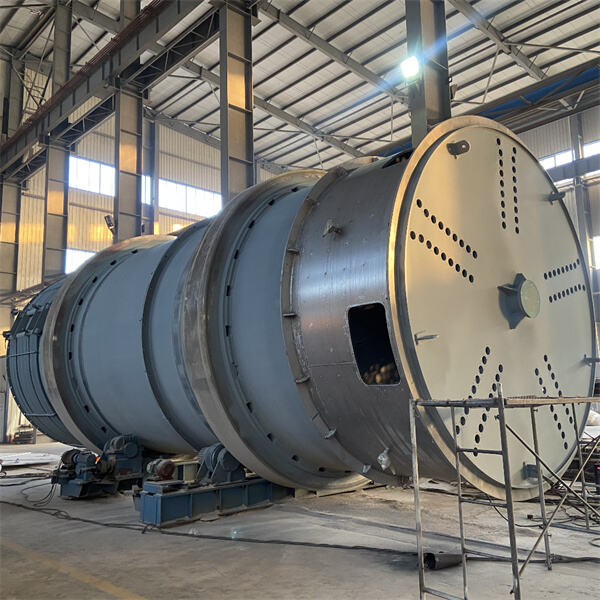Drum Dryer The drum dryer is a specialized machine that plays a crucial role in the drying of various materials. Such materials include items like food that must be dried in order to remain fresh and various chemicals used across different industries. If we take a closer look at drum dryers, we can see how they are constructed, their habitat and their significance.
The rotating tube is called a drum dryer. It consists of a drum and a heating element, which perform the functions that come together to provide a powerful drying experience. The part that spins is called the drum, and this is the area where the materials go. The rotor heating system heats up the drum and helps dry the materials inside. It dries materials as you can put things into the drum, and with the spinning and the heat, the moisture gets sucked out, and the things become dry for usage.
Here are a few critical considerations when designing a drum dryer for effective operation. Drum size matters a lot; it decides how much stuff can be cooked in one go. Conversely, if the drum is too small, it won’t be able to accommodate the amount of material in large quantities. If the drum is too big however, and it is too expensive to produce and maintain.
Since then, a lot of new ideas have been used to make the drum dryers even better. One of these concepts is using computers to assist in their design. Using computer programs, designers can experiment quickly with a variety of concepts and designs to get an idea of what might work best. This allows them to develop higher performance, more efficient drum dryers in record time.

It is no secret that one of the most important aspects of building a drum dryer is the material that is used. The drum / heating system construction and materials can have a significant impact on dryer performance. A drum made out of a non-heat-conductive material will take longer to dry the materials that it holds. This makes the entire drying process slower.

Drum dryer design considerations – there are also plenty of practicalities to consider in a well-working rotary drum dryer. For one, the drum needs to be just the right size. If the drum is small, it can’t store a lot of materials, meaning it won’t be able to keep up with demand. But if the drum is, winding, it can simply be darn expensive to manufacture and preserve the business's no-no!

In fact there are some interesting new design and technology trends in drum dryers that are helping to enhance their productivity. Sensors are one big trend in this new way of thinking. Sensors might track the performance of the dryer and adjust itself real-time. Which means that if something has to change, the dryer can change quickly. This helps you improve efficiency, reduce waste, and lower operating costs.